Butterfly Flight
Want to learn more about these magical creatures of summer? How they use super-cool principles of unsteady aero to generate lift?
You’re in the right place! And, if you want to try your own hand at attracting and raising butterflies from caterpillars, I’ve got you covered with my guide to raising butterfiles and (maybe) observing the magical moments of metamorphosis, “Plant It and They Will Come”.
And you’ll see below why I call myself the ‘Butterfly Doctor’… check out my graduate paper on “Material Selection for a Butterfly Wing Design”… done while working on my Ph.D. in Materials Engineering at the University of Dayton, and raising butterflies in my spare time.
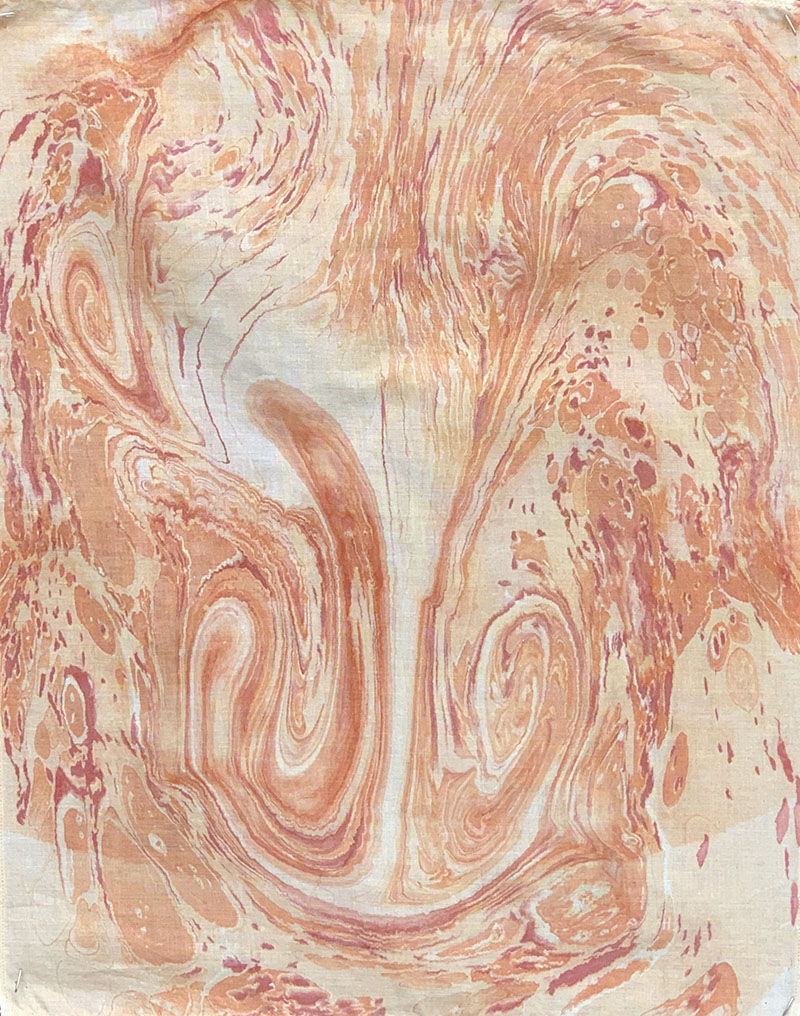
Butterfly flight
In week 1 of Girl Scout STEM Camp (see video for a recap), we learned about paper rockets and paper airplanes, but how do butterflies generate lift? Join us as we discover the mysteries of butterfly flight, and make our own 2D ‘wind tunnel’ using milk, pudding mix, and food coloring to see the vortexes or swirls that develop from a butterfly’s flapping flight.
You can even use these principles of fluid dynamics and laminar or turbulent flow to decorate desserts. The classic Napoleon dessert uses laminar flow to create that special design.
Materials needed:
- 4 cups of milk
- Pudding mix-vanilla, lemon, or banana cream – something light in color to show the food coloring (we’ll only use a couple tablespoons)
- A whisk or rotary beater to mix our pudding
- Food coloring – 2 different colors
- A large pan, about 9” x 13”
- Some wood tooth picks
- An index card, 3” x 5” or 4” x 6”
- Some tape (you’ll need to tape two toothpicks to the index card)
- Optional: a fork or two-pronged meat fork
- **** SOMETHING TO PROTECT YOUR WORK SURFACE *** a large plastic garbage bag, plastic tablecloth, or newspapers… food coloring can stain some surfaces.
Want to learn how to raise butterflies from caterpillars, and (maybe) observe the magical moments of metamorphosis? Check out Plant it and They Will Come, below.
Want to learn more about butterflies, how their wings expand by more than 300% in 5 minutes and harden to be flight-ready in 1-3 hours? Want to learn more about butterfly flight? Check out my tongue-in-cheek graduate paper, Material Selection for a Butterfly Wing Design at the bottom.
Leave a comment to let me know what you think!
I’ll be live on the Girl Scouts of Western Ohio Summer Camp 2020 Facebook Page Friday, July 31, 2020 at 1 pm and 3 pm EDT for a live demo and to answer your questions.
Additional handout coming soon… but the video and this list above have got you covered!
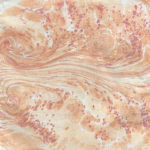
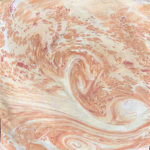


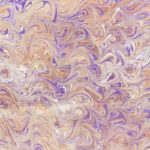
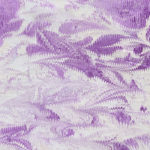
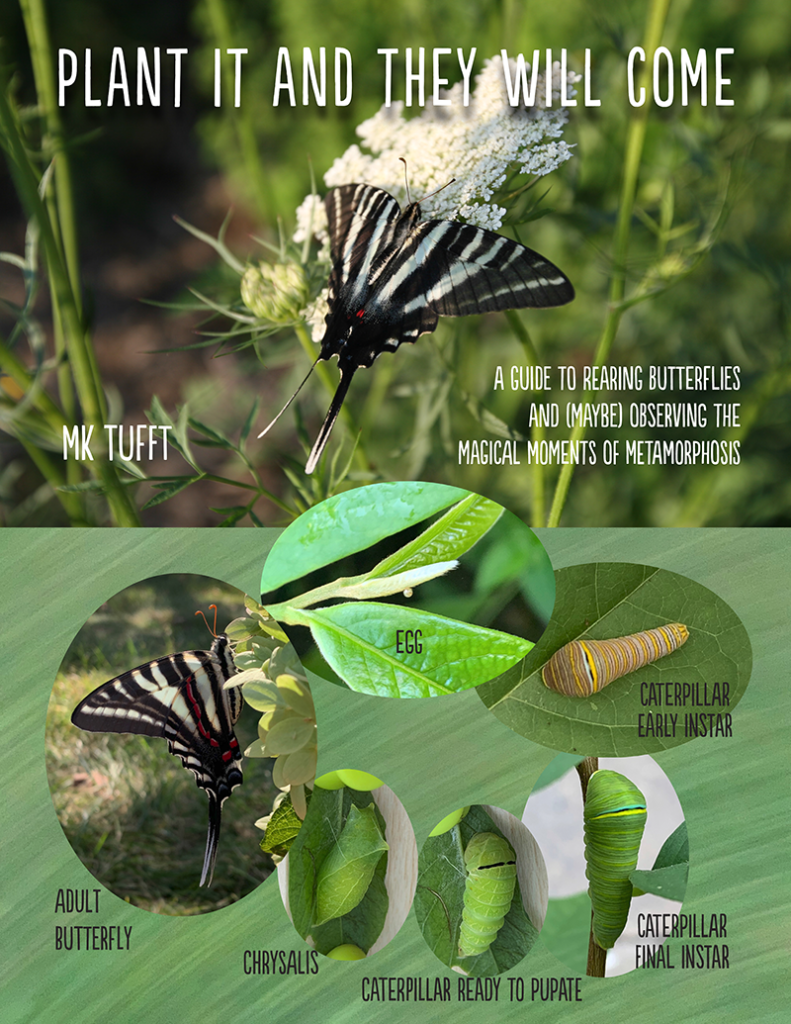
Plant it and they will come
A guide to rearing butterflies and (maybe) observing the magical moments of metamorphosis
Looking for a magical summer hobby? Try your hand at rearing butterflies. This guide will walk you through how to choose a butterfly, identify its larval plant foods, and some good nectar plants.
To rear caterpillars, you’ll also want something to use as an emerging case–to keep your caterpillars safe, and your butterflies after they emerge, so you can safely release them outside. A pop-up laundry basket with a lid works well. Or, you can make your own (see my Design Gallery page for some photos of my portable emerging case).
Keep a journal to record your observations… it will help you play detective as you figure out when your caterpillars are going to pupate, and when your butterflies are going to emerge from their chrysalises. That’s really helpful if you want to try and witness the events live, and maybe even take some photos of your own!
Don’t worry if you don’t get everything right the first time around. That’s part of the fun and magic of rearing butterflies. I hope you have as much fun as I do with these beautiful creatures of summer!
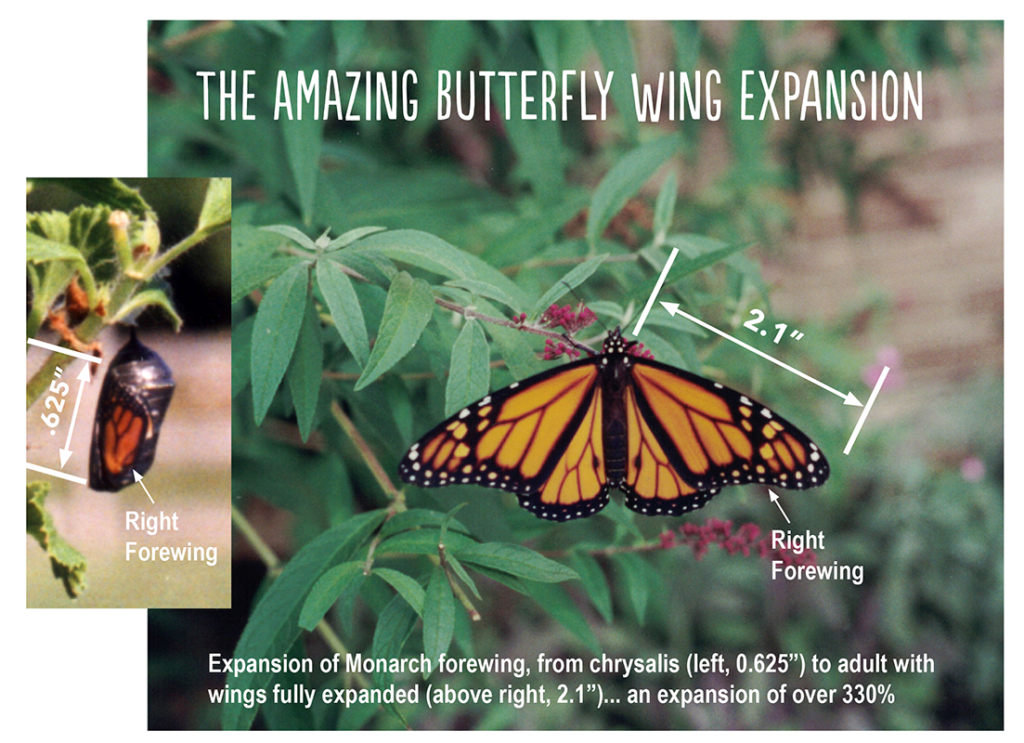
material selection for a butterfly wing design
Have you ever watched a butterfly emerge from its chrysalis, expand its wings, and take first flight? Well, I did while working on my Ph.D. in materials engineering from the University of Dayton in 1993. And I took notes, measurements, and rolls of film, capturing the events.
Witnessing those magical moments through the eyes of an engineer was amazing–wing expansion of roughly 330% in 5 minutes. Wings hardening and ready for first flight in 1-3 hours. I wanted to learn more. When I had to do a paper for my Materials Selection course, I explained what I wanted to do and why to my professor. He encouraged me, pointing me in the direction of journals that studied insect flight. I even took my own flight photos.
What follows is a bit of a tonge-in-cheek paper, exploring butterfly structure, life cycle, palatability and defense mechanisms, larval food sources, and flight characteristics… and trying to build a spec for what a butterfly wing needs to accomplish, and the restrictions based on natural resources available to the butterfly. It’s an attempt to understand these magical creatures through science and engineering. My apologies… it was done as a graduate engineering paper, so it may be more appropriate for high school students than middle-grade students. But I wanted to share the original paper with you… more experiments coming… including the marbling bath/flight tunnel which I did later.
Ginger Emerges! (Black swallowtail female... overwintered in cincinnati)
You’ve seen the photos of Ginger in my home-made emerging case… wandering from mesh to bamboo to a wood stir stick to finally something just right! A branch. (Check out my design gallery page for the emerging case).
Here’s a condensed video and some still photos showing her emerge and expand her wings, until she’s ready for first flight. Ginger emerged Sunday, May 17, 2020 at 7:17 am. Sorry about the squeaking… some sections I sped up to 8X speed, and I was talking in the background. The squeaking is me, not Ginger!
Monarch pupation
Want to watch a monarch caterpillar pupate? Check out this video, and make sure to watch for the “cremaster” hook as it comes around underneath the skin to attach into the silk pad, before the chrysalis kicks the skin off.
Notice the “J” position of the caterpillar at the beginning–the bend in the J forms a stress concentration that helps to rip the skin behind the caterpillar’s head.
Monarch emerges (time lapse)
This is a time lapse video of a female monarch butterfly that emerged around ~5 am, Wednesday, October 7, 2020. This was the last of 12 monarchs I raised this summer.
Happy migrating, Elizabeth! (Yeah, I name my butterflies… female monarchs are Elizabeth, males are Henry).
monarch first flight (slow motion)
Slow motion video of a female monarch butterfly (Elizabeth) showing the butterfly clap and fling motion used for flight, and first flight. Shot in slow motion video.
While I was working on my butterfly paper, the research I did on flapping flight led me to hummingbird wing motion… when I saw the sideways figure 8’s that humming bird wings make (or, infinity sign if you prefer), I made the connection to the arm motion I make when treading water. And suddenly, I could relate swimming in water for a person to flying in air for a bird.
That helped me make the connection to simulating a ‘wind tunnel’ with a marbling bath to make prints of different types of flow fields: laminar, turbulent, and the butterfly clap and fling, as you can see on this page just below the butterfly flight experiment.
So, enjoy this video I shot of a hummingbird in slow motion! I never get tired of watching my hummingbird friends!
butterfly flight (slow-motion)
Okay, so you’ve seen the other experiments, and maybe even looked at the butterfly wing design paper to learn more about butterfly flight mechanics.
Here’s some slow-motion video footage of a Red-Spotted Purple butterfly. Can you capture some butterfly flight photos? Butterflies, hummingbirds and fireflies are some of my favorite things of summer.
